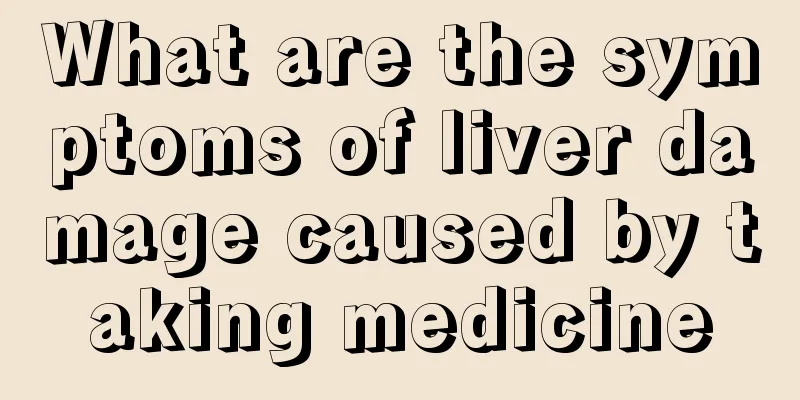Is there any harm in tooth extraction

|
Tooth extraction is a common method of treating dental diseases, such as orthodontics or removing caries. Generally, tooth extraction will not cause harm to your health, but you should also understand some indications. For example, when gingivitis occurs and causes toothache and swelling, you cannot have the tooth extracted at this time. If a tooth extraction is required, you must make a timely diagnosis to see if it is suitable. The dangers of orthodontic treatment 1. Loose teeth are one of the harmful manifestations of orthodontic treatment. Under normal circumstances, each tooth has a certain physiological mobility to buffer chewing pressure and prevent tooth trauma. During orthodontic treatment, teeth become more mobile, which is a normal reaction. For teeth to move, the alveolar bone and periodontal ligament need to be reconstructed, because the teeth are fixed in the alveolar bone by the periodontal ligament, so the teeth will become loose. However, after the teeth are corrected to their normal position and stop moving, the teeth can use their own repair ability to reattach the periodontal membrane and become stable, without permanent damage. 2. Orthodontic treatment may have some impact on the dental pulp. In the early stages of orthodontic treatment, a mild, temporary inflammatory response occurs in the dental pulp, which manifests as pain or discomfort in the first few days when force is applied. 3. The harm of orthodontic treatment also affects the height of the alveolar bone. People who have undergone oral orthodontic treatment will have a small decrease in the height of the alveolar bone. This is because wearing braces makes it difficult to maintain oral hygiene, increases the chance of gingivitis, and has a certain impact on the alveolar bone. After the treatment is completed, the alveolar bone will no longer continue to be absorbed. If oral hygiene is maintained well, the alveolar bone will gradually return to normal. The harm of tooth extraction and tooth correction 1. Alveolar osteitis after tooth extraction : Inflammation of the alveolar bone after orthodontic tooth extraction usually occurs within 2-5 days after tooth extraction, manifesting as severe pain at the extraction site. 2. Complications after tooth extraction : including prolonged bleeding from the wound and swelling after tooth extraction. These symptoms usually disappear within a few days. 3. Tooth extraction causes nerve damage : There are usually two types of nerves damaged by orthodontic tooth extraction, one on the left and one on the right. Such tooth extraction injuries are rare and usually temporary, but some extractions can cause long-lasting or even permanent nerve damage, which requires consulting a doctor before orthodontic extraction. |
<<: What is the correct way to use paint stripper?
>>: What causes itchy throat and cough?
Recommend
How does testicular cancer develop
How does testicular cancer develop? Testicular ca...
Can kidney stones cause nephritis?
Most kidney stones are caused by bad eating habit...
What are the early symptoms of kidney stones? Is it obvious?
The occurrence of kidney stones is not accidental...
How to use vinegar to soak your feet correctly
Soaking feet in vinegar can effectively relieve p...
Can people with colon cancer do square dance
Esophageal cancer is a common digestive tract tum...
What's wrong with red, itchy eyes and eye mucus?
The eyes are a very important part of the human b...
Do I need to take anti-inflammatory drugs if acne is infected
Every day, many people have pimples on their face...
What to do if you have dizziness, nausea and vomiting in the late stage of liver cancer? You can try these methods
Cancer is a common disease in people's lives....
Big chin is inherited
As Chinese, or Asians, we tend to have smaller fa...
Is colorectal cancer contagious?
People's fear of cancer often leads to some a...
What are the diagnostic bases for mild teratoma
What are the diagnostic bases for mild teratoma? ...
What are the dangers of endometrial cancer
Gynecological diseases affect women's normal ...
How to make a roasted whole lamb oven
Roasted whole lamb is a popular food because the ...
What needs to be done to prevent skin cancer
What can be done to prevent skin cancer? Parts of...
What is the best way to drive away bees?
Most people are bothered by bees at home and when...









